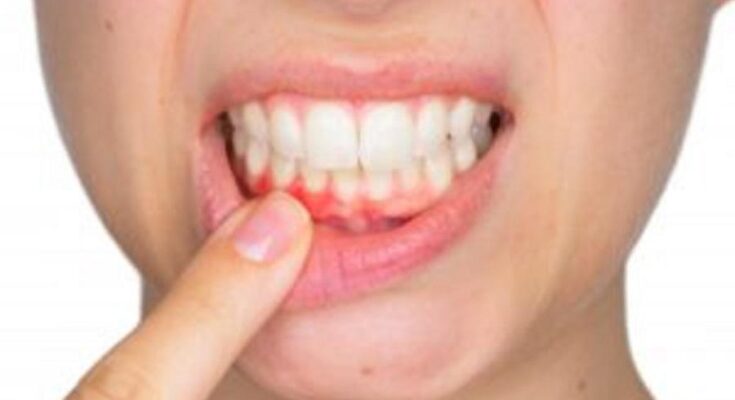Did you know nearly half of adults over 30 already have gum disease—and most have no idea? Gum issues often begin quietly. What looks like a little blood in the sink or a touch of puffiness along the gumline can actually be the first signs of something more serious. These changes are easy to miss or dismiss, which is why early detection matters.
Paying closer attention to subtle shifts in your mouth can help catch gum problems early. Bleeding during brushing, chronic bad breath, or even minor changes in gum texture aren’t just random—they’re signals. Noticing and acting on them can help protect your oral health before the damage goes deeper.
Bleeding During Brushing Isn’t Just From Brushing Too Hard
If you notice blood while brushing, it’s not something to brush off. Many people think it’s just from pressing too hard, but even light brushing can uncover inflammation beneath the surface. In most cases, that bleeding points to early gum disease like gingivitis — long before pain or swelling appear.
Small changes like red spots on your toothbrush or a little pink in the sink may seem harmless, but they often signal that plaque is irritating your gums. Ignoring it allows bacteria to settle in and cause deeper damage. A dentist in Lake Oswego recommends regular dental check-ups to help clear up any doubt and stop minor inflammation from turning into something more serious.
Chronic Bad Breath Could Point to Gum Trouble
Bad breath linked to gum disease often goes unnoticed. Many blame it on food or dry mouth, but it may signal a deeper issue with gum health. Plaque buildup between teeth and gums creates an environment where bacteria thrive, producing smelly sulfur compounds. Brushing and rinsing often fall short, since they don’t address the bacterial imbalance at the root of the problem.
Persistent odor is the body’s signal that something may be wrong. When bad breath keeps returning, it’s time to consult a dentist who can identify and treat the underlying cause. Addressing it early can restore fresh breath and support long-term gum health.
Gums That Look Puffy or Shiny Instead of Matte and Firm
Healthy gums usually appear firm with a matte finish that fits snugly around the teeth. When gums start to look swollen or shiny, it can indicate early inflammation. Such changes often don’t cause pain, which is why many people overlook them. Ignoring subtle visual signs can allow gum problems to progress unnoticed.
Swollen gums can trap food and bacteria in little pockets. This buildup only makes things worse and harder to fix later. Switching to gentler dental habits and adding more anti-inflammatory foods to your meals can help. And of course, seeing your dentist regularly makes it easier to catch small problems before they turn into bigger ones.
Tooth Sensitivity Focused Around the Gum Line
If you feel sudden pain near your gums, it’s easy to assume you’ve got a cavity. But it could be gum recession, where the gum pulls back and leaves the root surface exposed. This area, known as dentin, is highly sensitive—especially to acidic foods or drinks.
Noticing this kind of pain early can help you deal with it before it gets worse. If your teeth suddenly react to certain foods or temperatures, mention it to your dentist. A dental professional can guide you through a plan to protect your teeth and support healthier gums.
Subtle Shifting or Loosening of Teeth Over Time
Weakened gum tissue can cause teeth to shift, even gradually. Alignment changes may show up as teeth no longer lining up as before or a small gap forming between the front ones. Because shifting usually isn’t painful, it’s easy to overlook. Ignoring it, however, can allow the issue to worsen—especially if the gums are no longer supporting the teeth properly.
Retainers or night guards that start to feel loose or uncomfortable often reflect such changes. That’s a clear signal to visit the dentist. Tracking how dental gear fits can offer valuable insight into gum health. When something feels off, acting early can make a significant difference.
Gum problems often speak in quiet signals, not loud alarms. You don’t have to wait for pain to take your oral health seriously. Paying attention to how your gums look and feel can help you act before damage sets in. Make it a habit to check in with your mouth—notice subtle shifts, track sensitivity, and stay curious about changes. Daily care matters, and so do routine dental visits. Taking small, consistent steps today can protect your comfort, confidence, and smile for years to come. Your gums are worth the attention, even when they’re not demanding it loudly.



